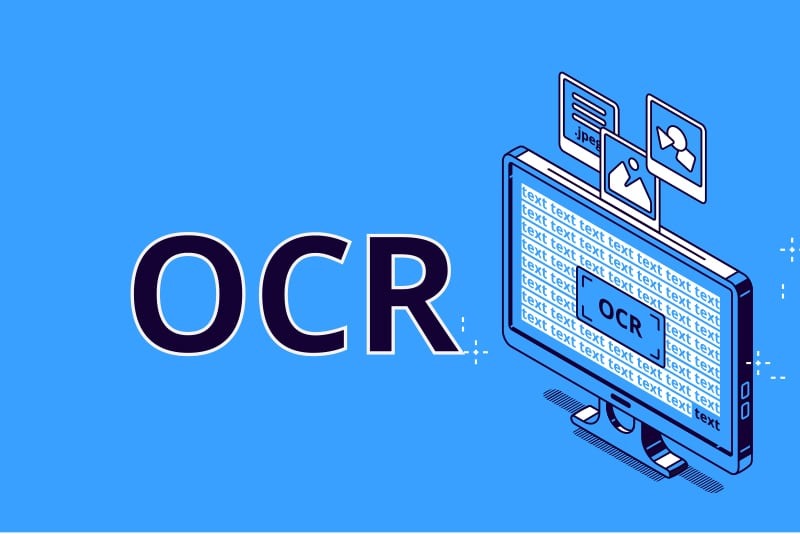In today’s digital age, financial institutions are under increasing pressure to streamline document processing, enhance operational efficiency, and ensure compliance with regulatory requirements. Optical Character Recognition (OCR) technology has emerged as a powerful solution for achieving these objectives. In this article, we’ll delve into how OCR is revolutionizing document management in financial institutions, driving efficiency gains, and facilitating regulatory compliance.
Understanding OCR Technology in Finance
What is OCR?
Optical Character Recognition (OCR) is a technology that converts different types of documents, such as invoices, contracts, and financial statements, into editable and searchable data. By automatically extracting text from these documents, OCR eliminates the need for manual data entry, reducing errors and accelerating document processing workflows. In the context of financial institutions, OCR plays a critical role in digitizing paper-based documents and integrating them into electronic systems for further analysis and processing.
How OCR Works in Finance
OCR software utilizes sophisticated algorithms to analyze financial documents and identify text elements, including account numbers, transaction details, and legal clauses. These algorithms can handle various document formats, fonts, and languages, making OCR highly adaptable to the diverse needs of financial institutions. Once extracted, the text data can be indexed, categorized, and stored in databases or enterprise resource planning (ERP) systems, enabling efficient retrieval and analysis.
Benefits of OCR in Financial Institutions
Enhanced Efficiency and Accuracy
One of the primary benefits of OCR in financial institutions is its ability to automate repetitive and time-consuming tasks associated with document processing. By automatically extracting text from financial documents, OCR streamlines the process of data entry, reconciliation, and reporting. This not only saves time but also improves the accuracy and reliability of financial data, reducing the risk of errors and discrepancies.
Improved Compliance and Risk Management
OCR technology plays a crucial role in ensuring compliance with regulatory requirements, such as Know Your Customer (KYC), Anti-Money Laundering (AML), and General Data Protection Regulation (GDPR). By accurately capturing and analyzing text data from financial documents, OCR enables financial institutions to identify potential compliance issues, detect fraudulent activities, and mitigate operational risks. Moreover, OCR facilitates audit trails and documentation, supporting regulatory reporting and demonstrating adherence to compliance standards.
Applications of OCR in Financial Institutions
Document Digitization and Archiving
OCR enables financial institutions to digitize and archive paper-based documents, such as loan agreements, account statements, and tax forms. By converting paper documents into electronic formats, OCR eliminates the need for physical storage space and enhances accessibility and retrieval. This digital archive serves as a centralized repository of financial information, accessible to authorized personnel for reference, analysis, and audit purposes.
Automated Invoice Processing
OCR technology streamlines the processing of invoices and receipts by automatically extracting relevant data, such as invoice numbers, dates, and amounts. This automation reduces the manual effort required for invoice processing, accelerates payment cycles, and improves cash flow management. Additionally, OCR enables reconciliation between invoices and purchase orders, facilitating accurate expense tracking and budget management.
Conclusion
OCR technology is reshaping document management practices in financial institutions, driving efficiency gains, and ensuring compliance with regulatory requirements. By automating document processing workflows, OCR enhances operational efficiency, reduces costs, and mitigates risks associated with manual data entry. As financial institutions continue to embrace digital transformation, OCR will play an increasingly vital role in optimizing document management processes and supporting strategic decision-making.



